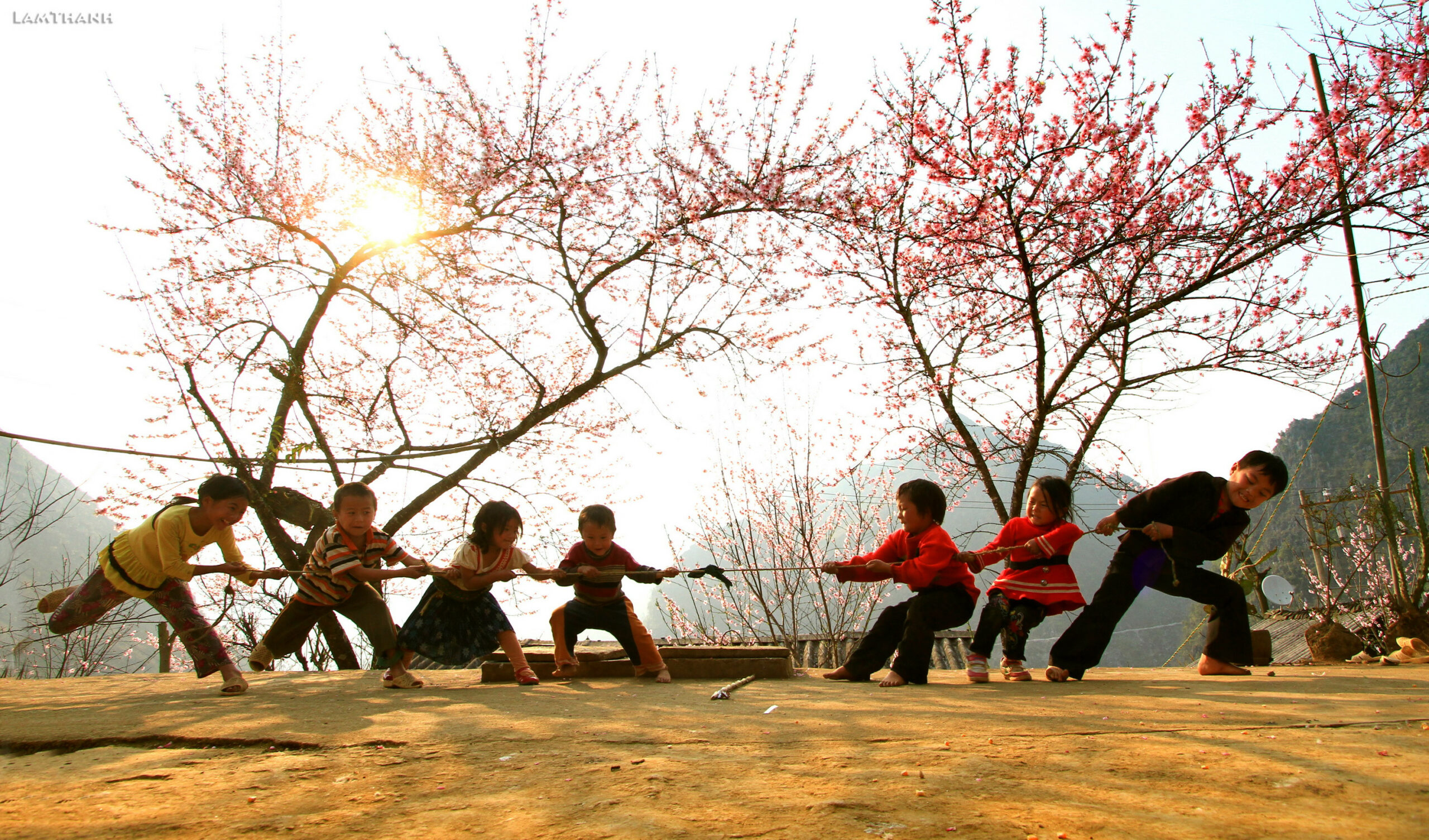In this article, we will explore more than 10 options for immersive cultural entertainment, shining a spotlight on the vibrant world of Vietnamese games.
Games are an integral part of Vietnamese culture, fostering unity and connection among people, especially during cultural festivities like Tet. In this exploration of Vietnamese games, we will unravel a tapestry that weaves together the Thread of gaming with the vibrant threads of Vietnam travel experiences and cultural heritage. Below are traditional folk games that bear the distinctive cultural imprint of Vietnam.
1. Traditional Vietnamese games that you may not know
Let’s discover a captivating world of cultural heritage through traditional Vietnamese games that you might not be familiar with. These Vietnamese games, deeply rooted in the country’s history and traditions, offer a unique glimpse into the playful spirit of Vietnamese culture.
1.1. Hide and seek (tron tim)
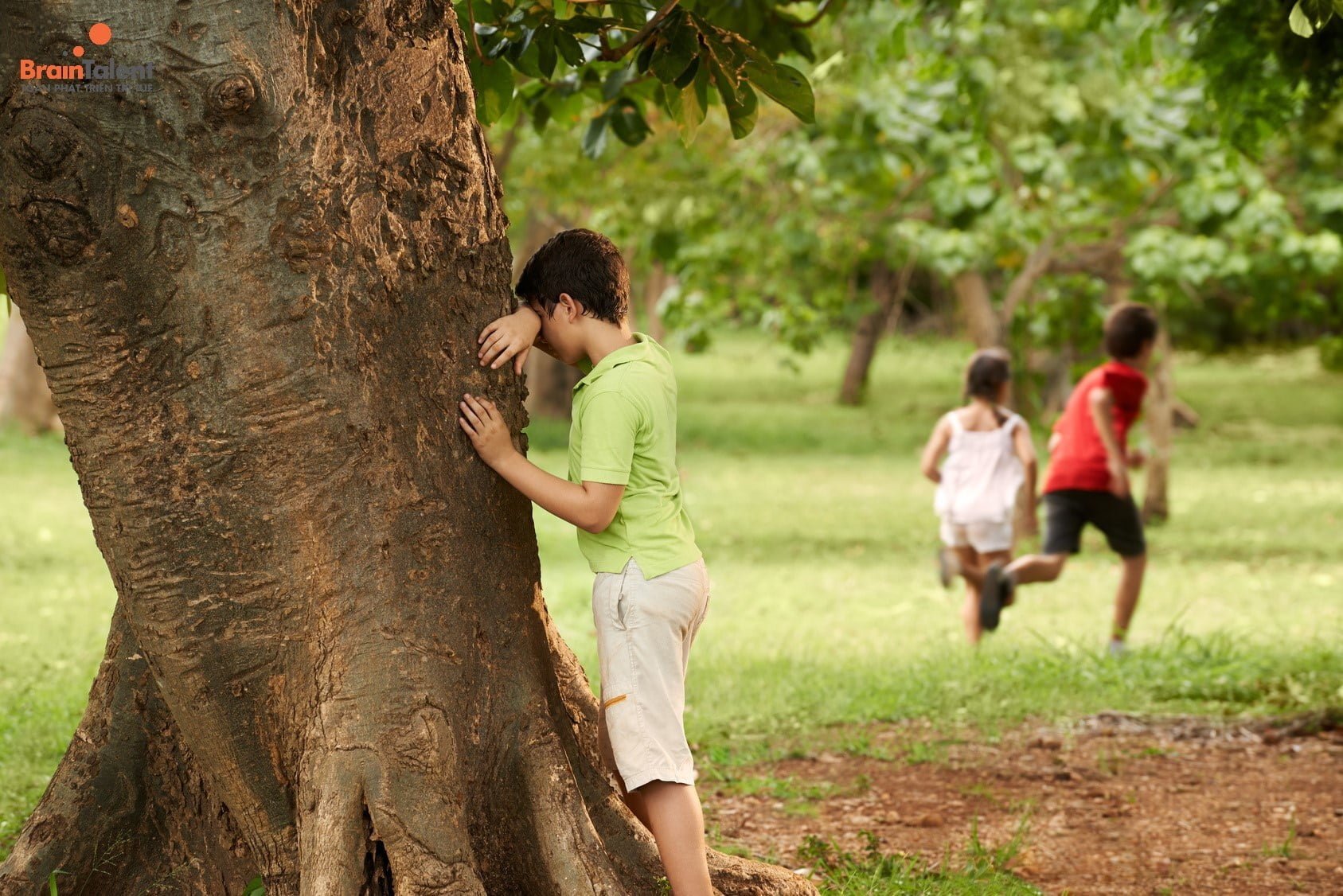
Hide and seek, called “tron tim” in Vietnam’s culture, is a fun way to learn about traditional Vietnamese culture where kids play an easy but exciting game. To play, one person closes their eyes and counts to an agreed number (for example, 10, 20, or 50), while others look for clever places to hide. The goal is for the seeker to find the hiders. What makes “tron tim” special to Vietnamese people is not only the fun of running and hiding, but also the traditions and memories it brings up.
1.2. Dragon-snake game (rong ran len may)
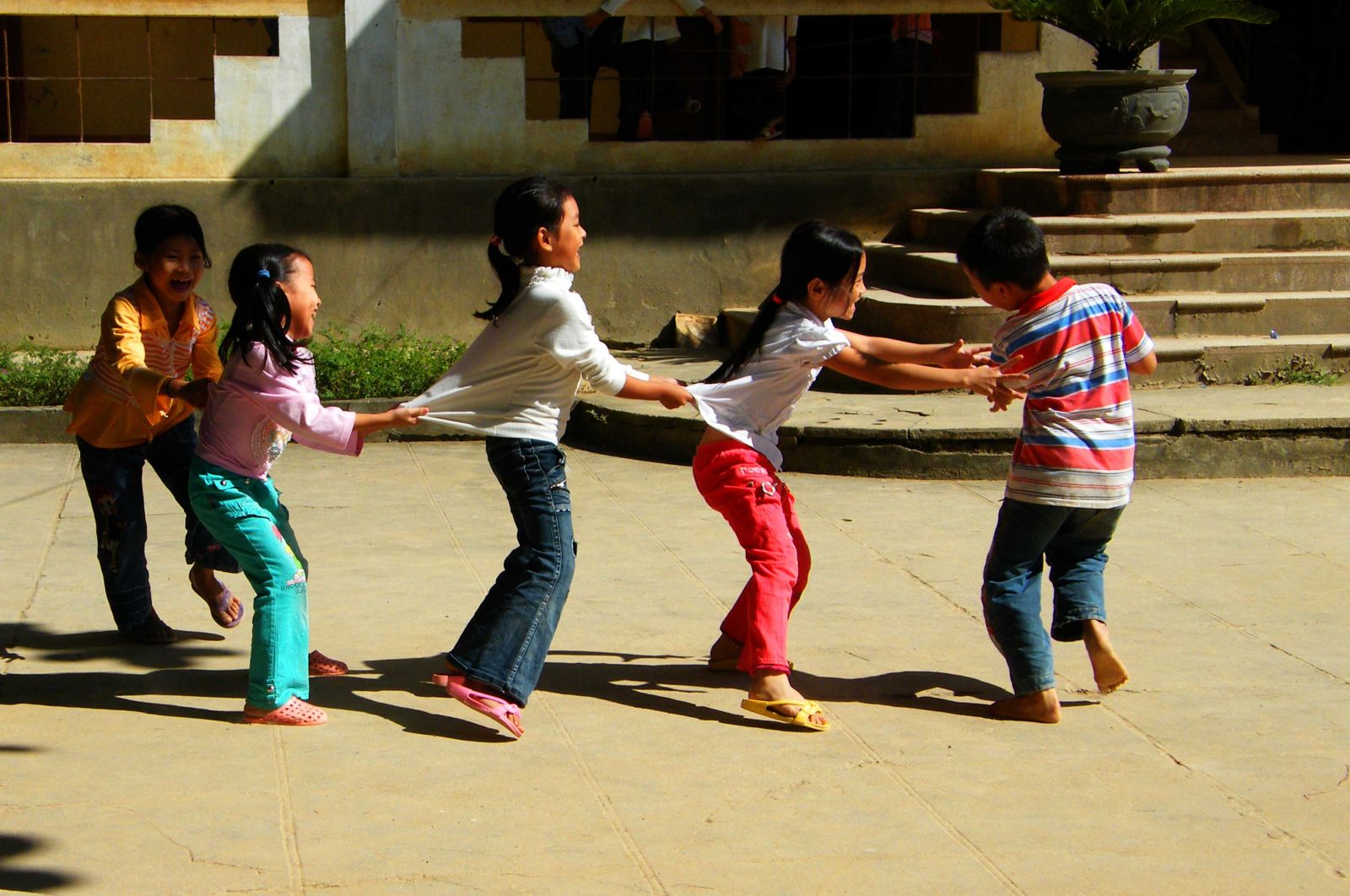
In this game, participants stand in a line and hold onto the previous person’s shirt to form a dragon. One person is at the front as the head, and others are the body and tail. Another person is assigned the doctor and tries hard to “catch” the dragon’s body or tail part by touching a person in line. If the doctor successfully touches someone at the body or tail, or if that person is cut off from the dragon, they lose and become the next doctor.
1.3. Tug of war (keo co) – one of the most exciting Vietnamese games
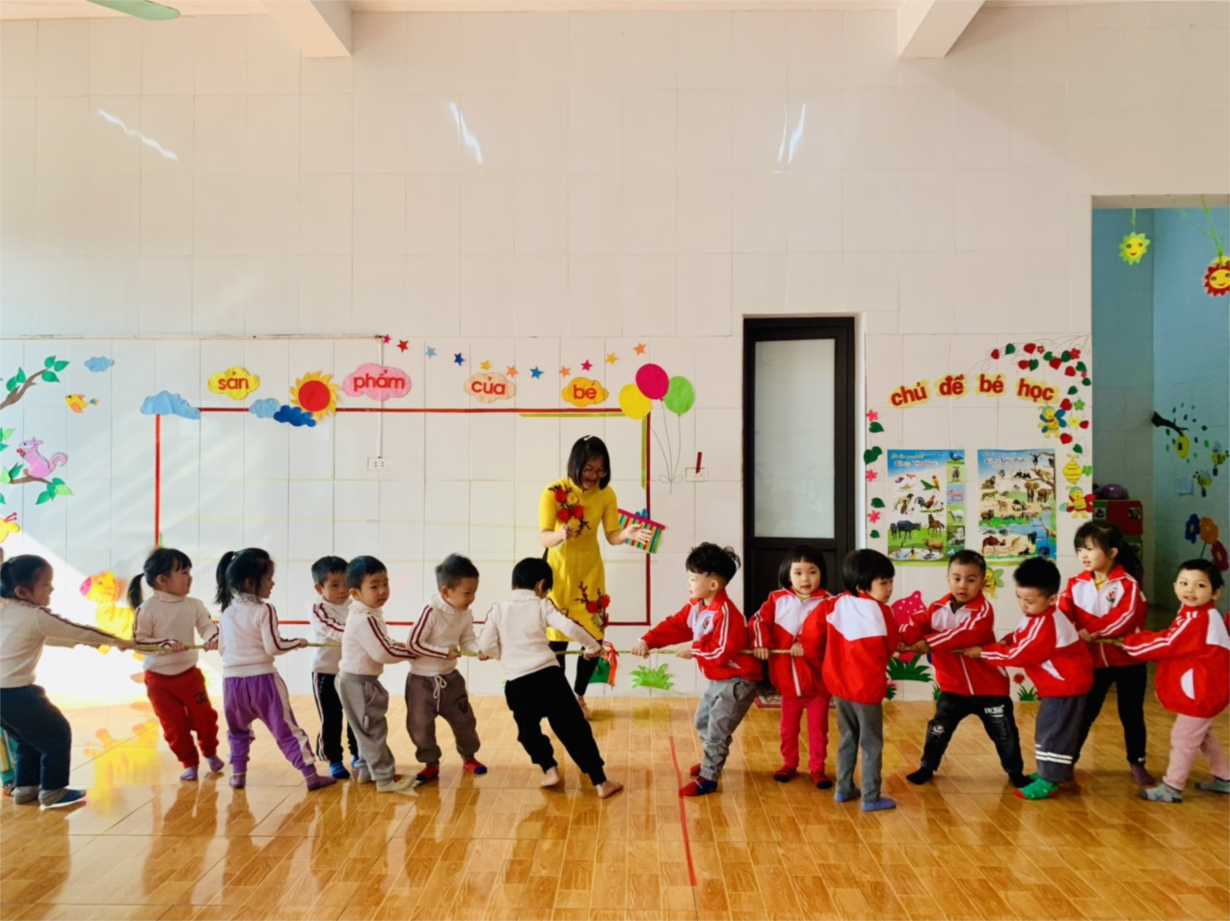
This age-old game involves two opposing teams, each gripping tightly to either end of a sturdy rope, engaged in a fierce battle of strength and strategy. As participants dig their heels into the ground and strain against the opposing force, the atmosphere gets heated. The game not only showcases the physical prowess of the participants but also emphasizes the importance of collective effort, making tug of war a thrilling and culturally significant game.
1.4. Blind man’s bluff (bit mat bat de)

In this fun game, one person is blindfolded, and his job is to grab and figure out other players who try not to get caught by him during playtime. The blind man uses his feel, sound, and intuition to move in the area and make others as well. At the same time, other players use speed and smart moves to avoid getting caught. The game not only gives people fun but also helps them make friends and think fast.
1.5. Cat and mouse (meo bat chuot)

The game divides players into three roles: mouse, cat, and those acting as dens. In this setup, participants forming the dens link hands to create circles, while the cat and mouse stand back-to-back in the center. The game starts when everyone collectively sings the Cat and Mouse song. The mouse aims to quickly navigate through the dens to avoid the cat, who attempts to catch the mouse. Those in the dens play a supportive role, assisting the mouse by creating openings and obstructing the pursuit of the cat. When the song finishes, everyone sits down. If the cat fails to catch the mouse, they are considered defeated, and roles may rotate among others in the group.
1.6. Bamboo sticks (choi chuyen)

In this game, we need to prepare a round object such as an apple, a small pomelo, a small ball, etc., and 10 small, evenly-sized sticks, each as long as a pair of chopsticks. The player holds the object in their right hand, tosses it into the air, and then picks up the sticks in order from round one to round ten. Throughout the game, the player combines tossing the object, picking up sticks, catching the object, and singing verses appropriate to each stage of the game.
1.7. Marble shooting (ban bi) – among the top Vietnamese games
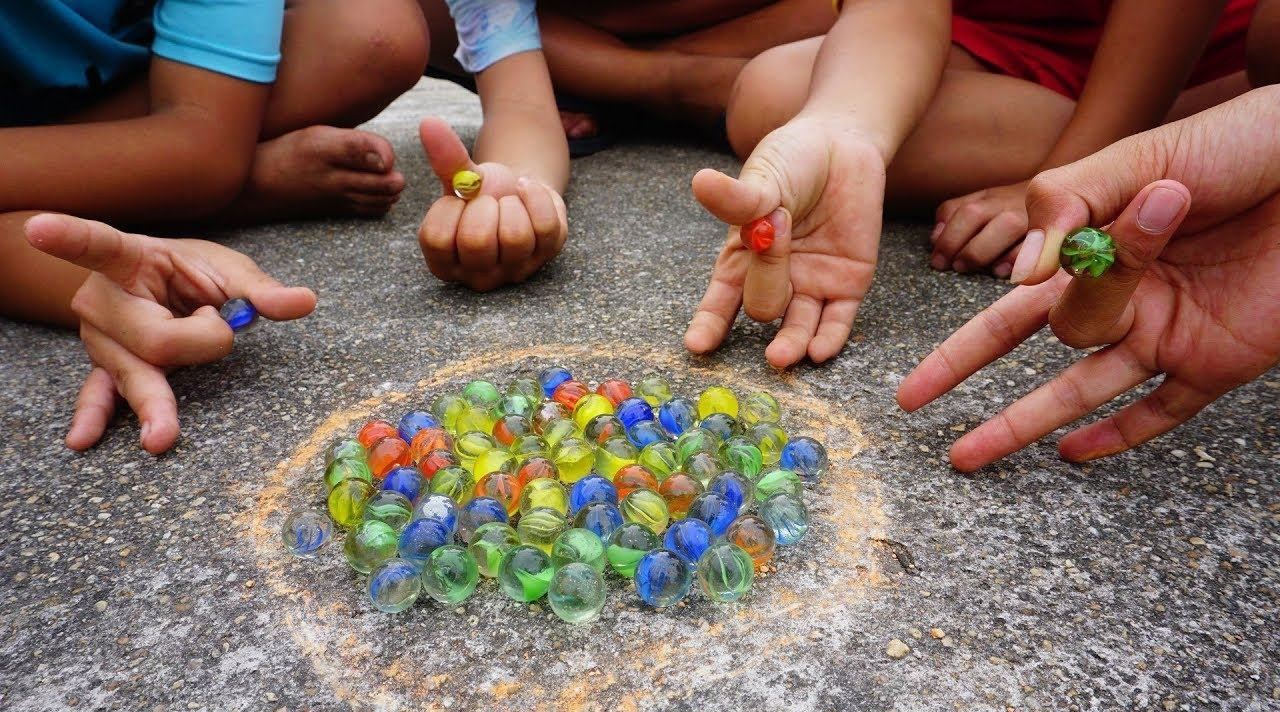
To play this captivating game, participants need a collection of marbles and a designated playing area. The objective is for players to shoot their marbles, aiming to knock their opponents’ marbles out of the playing area. The game involves a lot of skill and strategy, as players have to be accurate with angles and guesses. Each player turns to shoot their marbles, with the winner taking all knocked out. Marble shooting doesn’t just show what a person can do; it also encourages people to compete in a friendly way and come together.
1.8. Mandarin square capturing (o an quan)

This popular game, played in pairs or groups of 3 or 4, is a strategic challenge for children that enhances their calculation skills as they distribute stones in rows of squares drawn on the ground. The grid includes 10 peasants’ squares and a semicircular mandarin square at each end. Each player possesses 35 stones, with 25 of which distributed among the 5 peasants’ squares and 10 in the mandarin box.
The objective is to accumulate more stones than the opponent by strategically moving stones from your camp or capturing those of your rivals. Players take turns selecting a peasant’s square, redistributing stones one by one in a left-right or right-left direction until reaching a mandarin box or encountering two consecutive empty squares. The game concludes when the mandarin squares are emptied, and the winner is the player with the most accumulated stones.
1.9. Shuttlecock kicking (da cau)
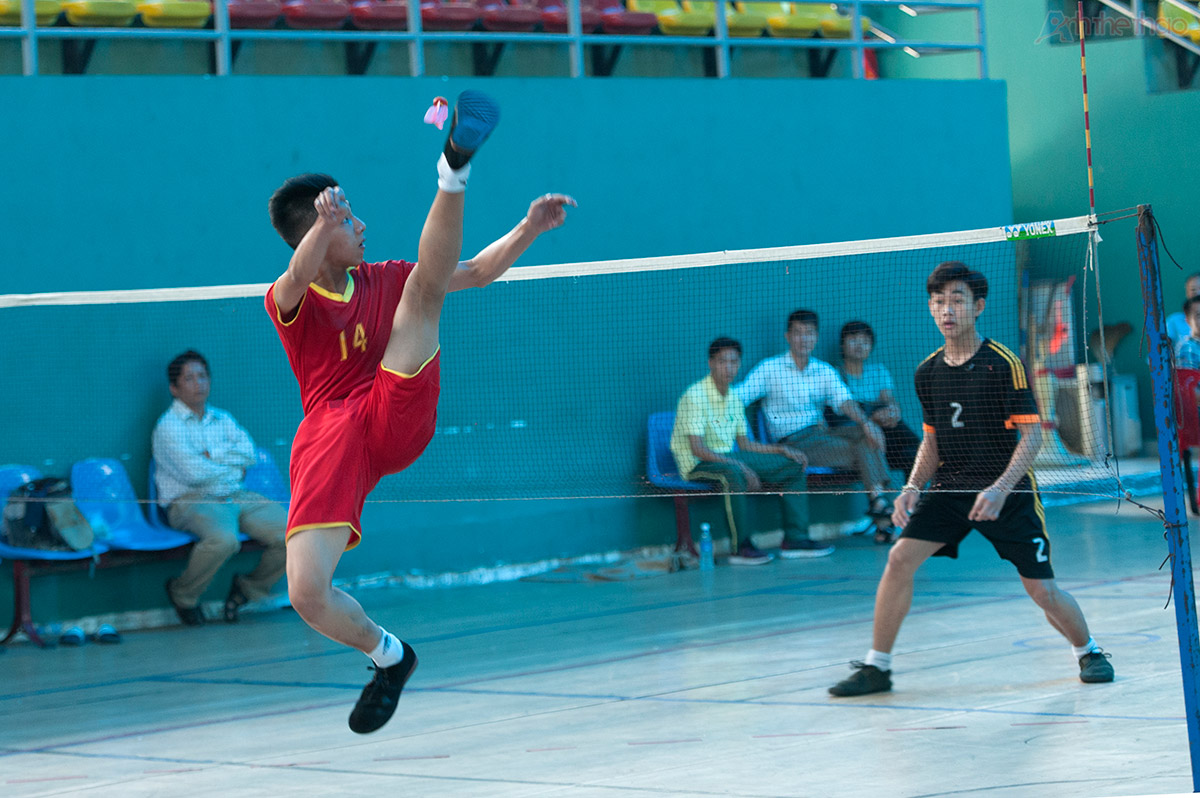
This game involves people aiming to kick a shuttlecock precisely in the air. The rules are simple: you can’t let it drop to the ground, or you lose. “Da cau” can be played alone or with others, which creates the perfect setting for teamwork and friendly competition. Shuttlecock kicking is not only about exercising and physical training. Being part of the old Vietnamese game culture, it is also a beautiful tradition and plays a significant role in the lives of Vietnamese people
1.10. Rope jumping (nhay day)
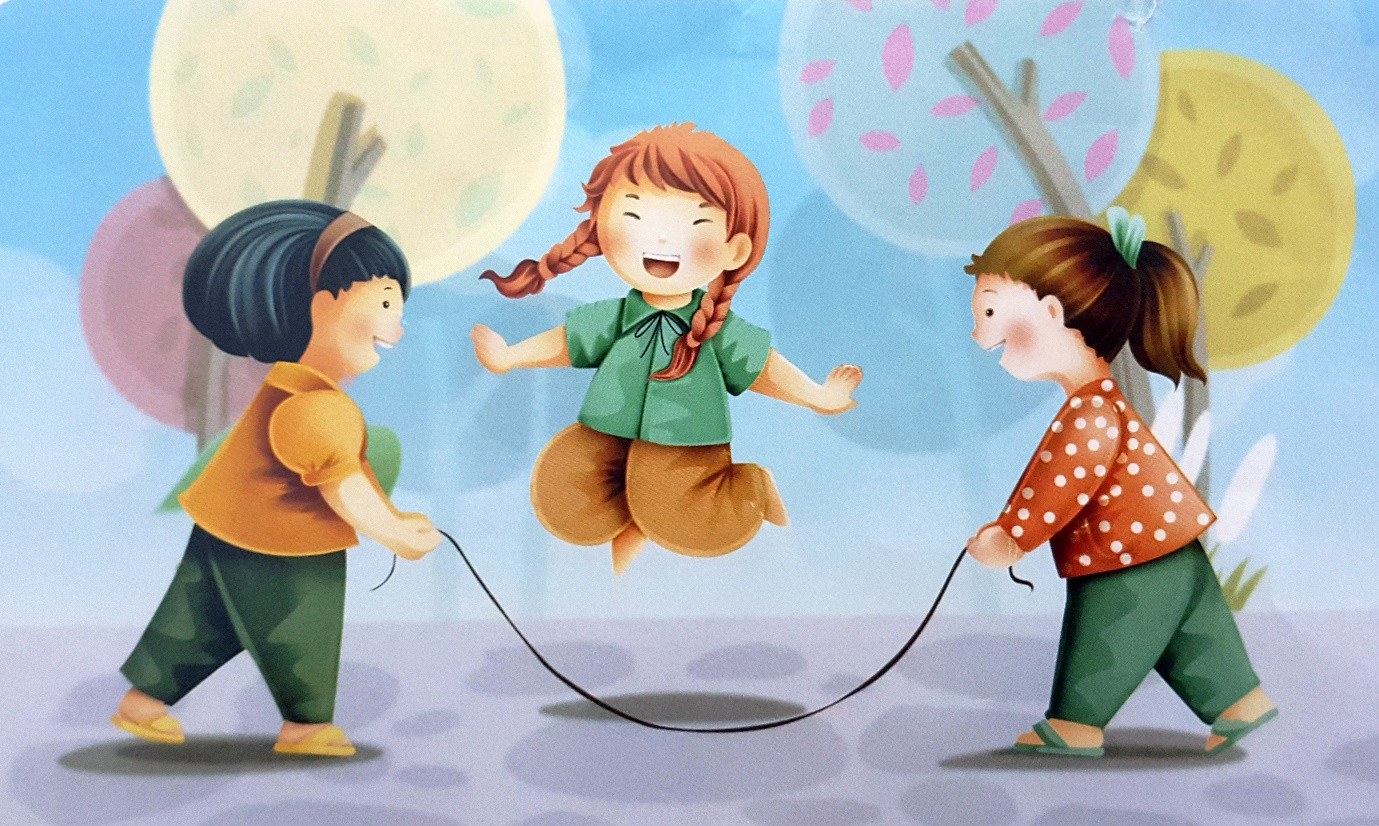
To start, players need a strong and easy-to-use rope. They must swing it back and forth over the ground in time with each other’s movements. Players turn in the rope, either one by one or together. They show their quickness and good timing while jumping over it. Jumping rope can be changed for different levels of ability, from simple jumps to complex and coordinated patterns. Not just good for your body, rope jumping also helps improve teamwork, as well as physical health and flexibility.
Besides these beloved games, there are many different Vietnamese games in Vietnamese culture, each requiring a distinguished skill set and embodying cultural importance. The must-mention ones include flag capture, walking on high sticks, wrestling matches, human chess games, kite flying, boat racing, rice cooking contests, sack jumping, etc. Don’t forget to try out these games while you’re in Vietnam to immerse yourself in the joyous spirit of traditional plays.
